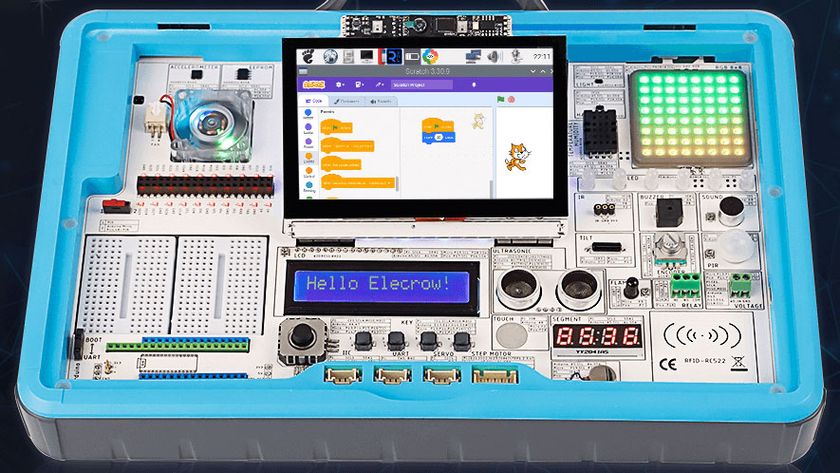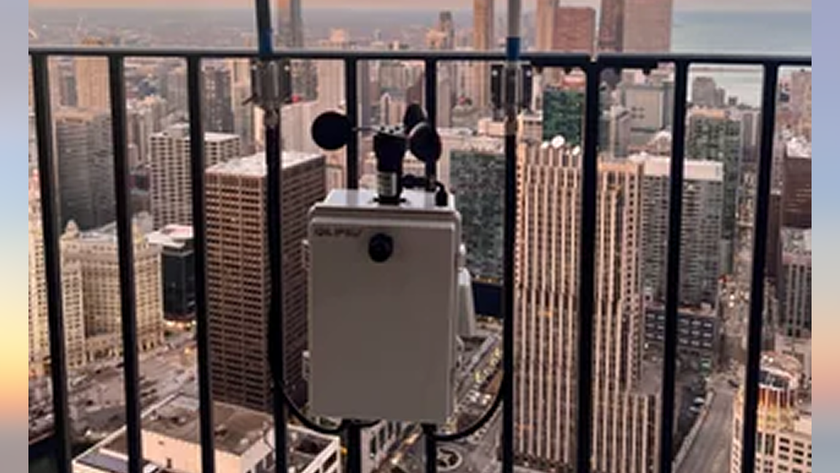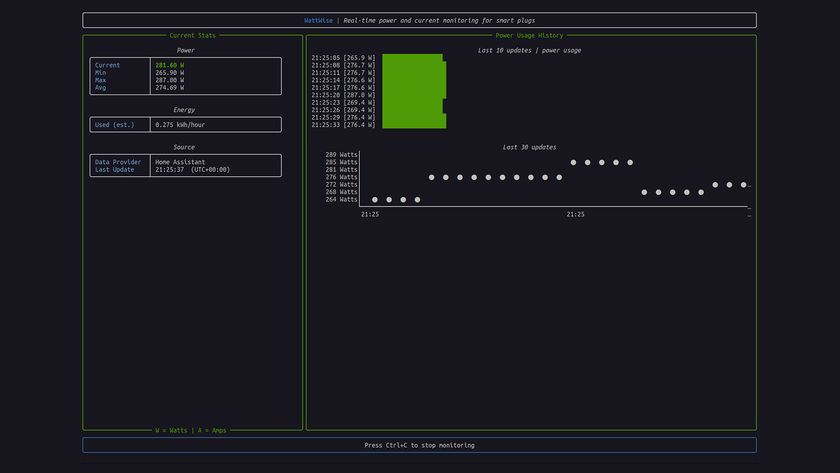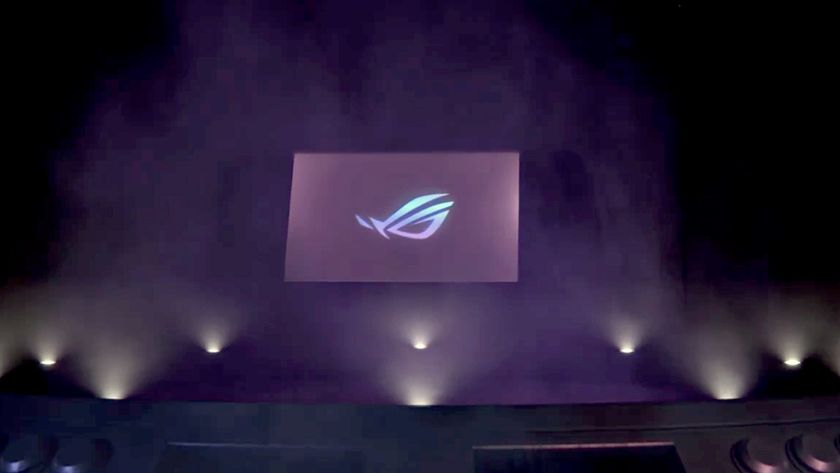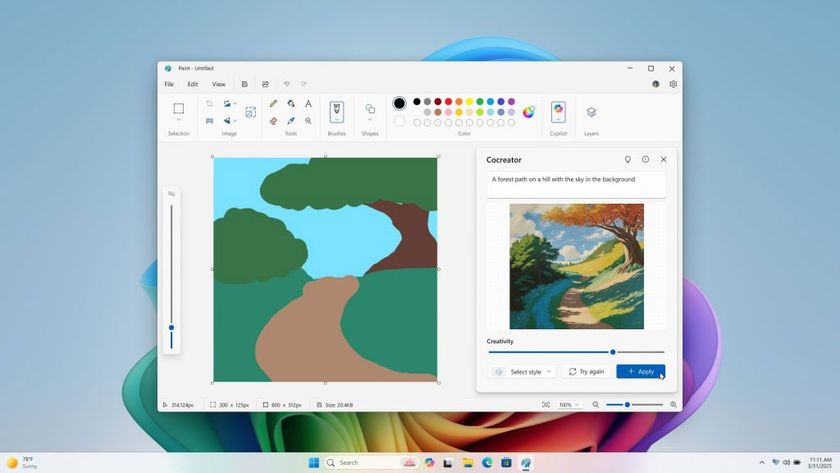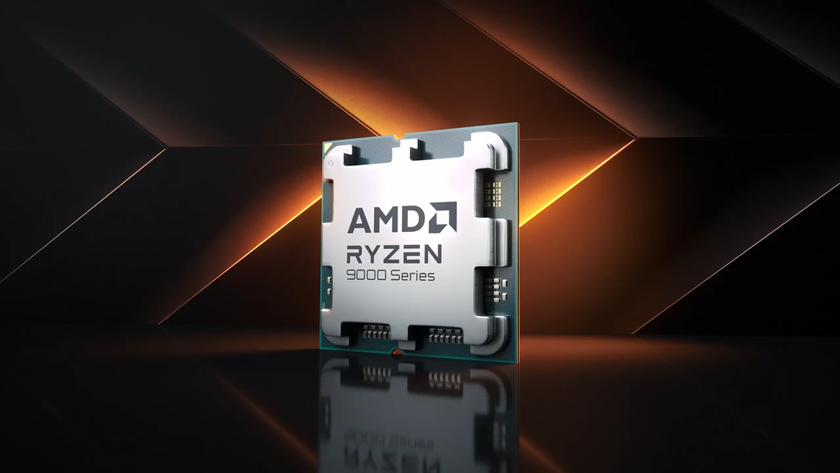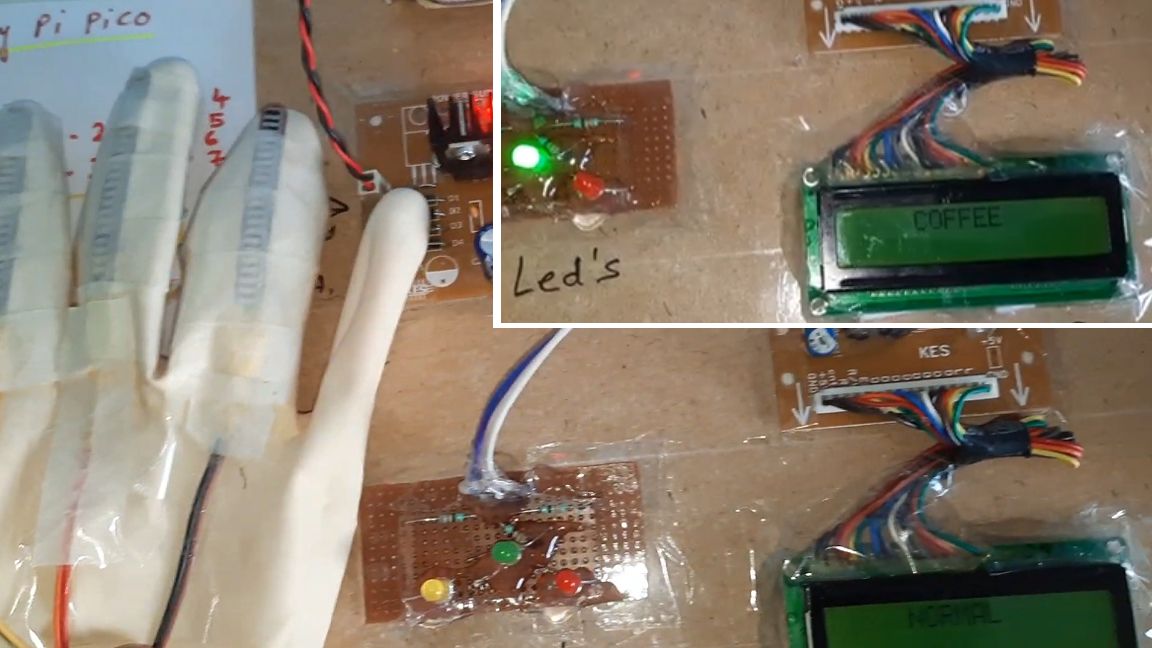
If there’s one thing the Raspberry Pi is good at, it’s bridging connections. It’s common to see models like the Raspberry Pi Pico used to make things like adapters. Today we’ve got a wonderful project demo put together by SVSEmbedded that bridges a communication gap not between devices but between people. Using a Raspberry Pi Pico, they’ve created a system that allows users who are speech impaired to relay messages using hand gestures.
The project makes it possible to communicate using flex sensors. These are bendable sensors that send a signal when they’re flexed. The Pico is responsible for picking up these signals from the sensors and transmitting a corresponding message from a list of pre-programmed words or phrases. The user will have to know which combination of flex sensors says what they want to communicate. Users are somewhat limited by the list but you could easily expand the list with different modes.
SVSEmbedded places the flex sensors inside of a glove. This way, all the user needs to do to communicate is to bend the right finger or combination of fingers to communicate. The Pico is connected to a speaker and a small screen so when a message is relayed, it’s repeated on the speaker and can be read on the display.
There are a few modules involved in the creation of this project. It’s driven by a Raspberry Pi Pico which is connected to three separate flex sensors. A 16 x 2px LCD display panel is used for text output along with a few LEDs for indicators. An APR33A3 voice module is used to output audio to the speaker.
Unfortunately, SVSEmbedded didn’t dig too much into the software side of the project. Despite limited details, we imagine this could be easily replicated with MicroPython. As long as you can read the input from the flex sensors and program corresponding responses, you’ll be good to go.
If you want to recreate this Raspberry Pi project, check out the original video shared to YouTube by SVSEmbedded for a close-up look at how the components go together and be sure to follow them for more cool projects.
Stay On the Cutting Edge: Get the Tom's Hardware Newsletter
Get Tom's Hardware's best news and in-depth reviews, straight to your inbox.

Ash Hill is a contributing writer for Tom's Hardware with a wealth of experience in the hobby electronics, 3D printing and PCs. She manages the Pi projects of the month and much of our daily Raspberry Pi reporting while also finding the best coupons and deals on all tech.
